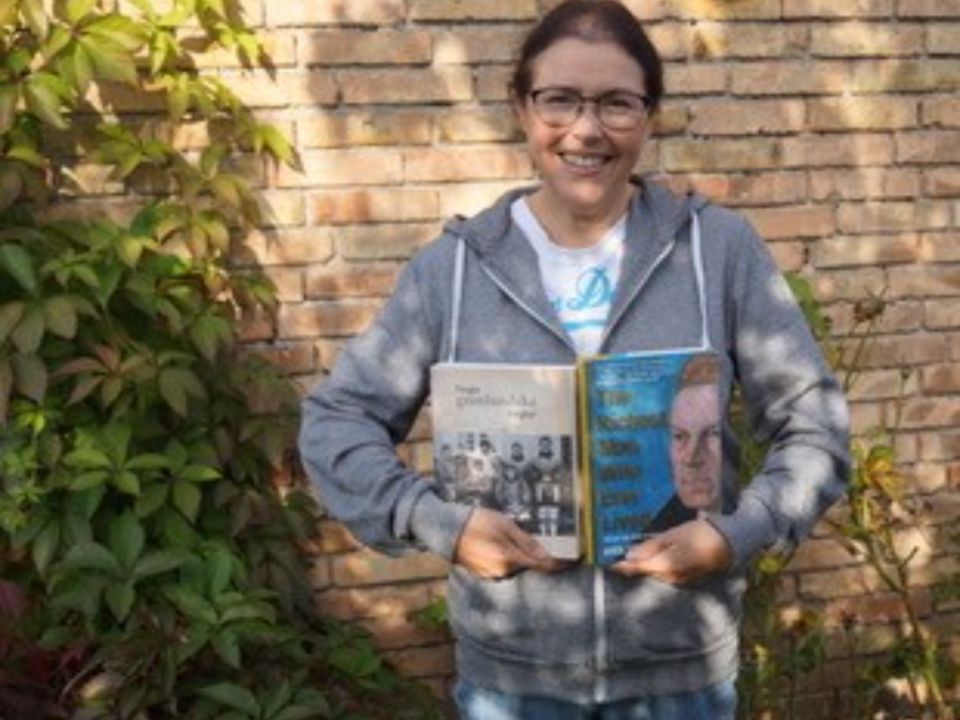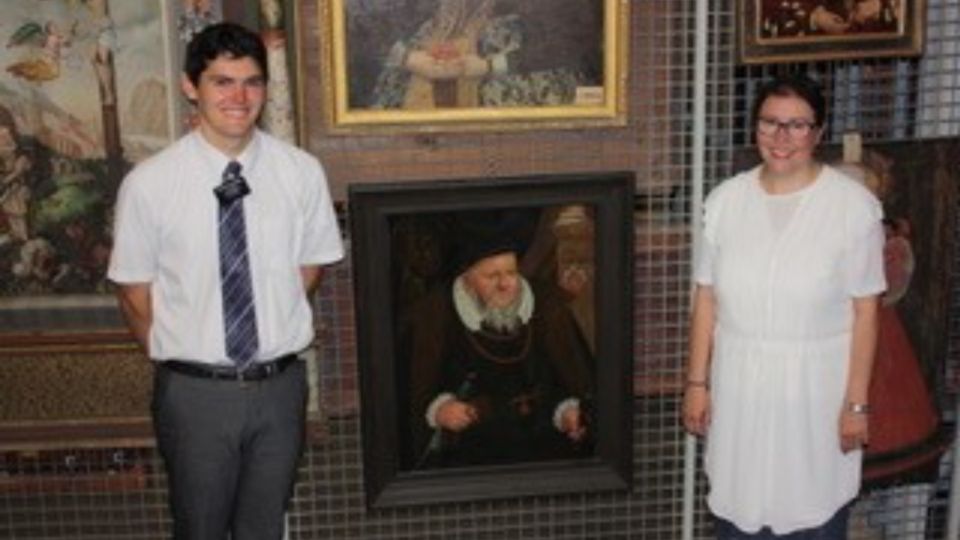FamilySearch, the world’s largest genealogical service, reached a milestone and now has eight billion names available to search. That’s nearly the current population of the earth, some of whom are quite possibly connected to you. The records come from almost every country.
“There are people from all continents who trace their ancestors back to Europe”, says Torsten Kux, Europe Area Manager in the Family History Department, “and have more ways to discover their ancestors than ever before.”
But this milestone could only be reached, “because of emerging technologies, partnerships with other organizations and the help of nearly half a million online volunteers working together.”
FamilySearch’s chief genealogical officer David Rencher notes that “With each new record, there’s the possibility of finding a missing link in the family tree. And that is soul-satisfying”. A concept that Anne Mette Broberg Paulsen discovered first-hand. In 1985, she became a member of The Church of Jesus Christ of Latter-day Saints, a church that places a lot of emphasis on the family and believes it can be bound together – or sealed - through temple promises and ceremonies. The following year Anne travelled 600 kilometres with friends to attend the opening and dedication of the Stockholm, Sweden temple. It was the first time she had been in any temple and intensified her desire to know her heritage.

Anne holding two of her family history books
Anne holding two of her family history books© 2020 by Intellectual Reserve, Inc. All rights reserved.Anne envied friends who had a family history book dating to the fifteenth century, and a colleague who had magnificent ancestral portraits hanging in his home. She knew very little bout her father’s side of the family; only that his surname was Broberg, a Swedish name, and that he originally came from Greenland. She yearned to know her heritage. She longed to know who her ancestors were, where they were from, what they were like, if she was like them.
With very little information to go on, she began the task of discovering her heritage. She succeeded in finding six generations of Brobergs in Greenland, then nothing. According to the archives in Greenland, her fourth great-grandfather, Nils Wilhelm Broberg, was born in Sweden approximately 1741. In 1774 he immigrated with his wife and five children to Greenland, where he died in 1820. But from where in Sweden had he come?
For many years Anne tried to find the birthplace of Nils. In August 2013, after her son Sebastian departed to serve as a volunteer missionary of the Church, Anne became melancholic. Arguing in her mind, she finally told herself, “You can either feel sorry for yourself or look for Nils Wilhelm Broberg on your laptop.” She chose the latter.

Elder Paulsen and Anne
Elder Paulsen and Anne with the portrait of her eleventh great-grandfather Balthasar Moser von Filseck2020 by Intellectual Reserve, Inc. All rights reserved.As she searched her computer, she suddenly felt her heart race. She couldn’t believe what she was seeing. Right in front of her, in black and white, was the identity of Nils Wilhelm Broberg’s Swedish home. It was unbelievable! She immediately forgot her woes and commenced searching out her long-lost family. Little did she know that it was only the tip of the iceberg. With the help of a Swedish historian, she found the records of many ancestors, some of them friends of King Karl XII of Sweden. Her dream of finding her own family tree had finally come true.
“With millions of new names and records added to the collections on FamilySearch every week, it is up to you now to discover more about your family”, says Kux.
What can one learn about his or her own heritage? As Anne found out, persistence pays off. This journey of discovery can be started by accessing FamilySearch.org, the largest family history website in the world, with more than 8 billion records.